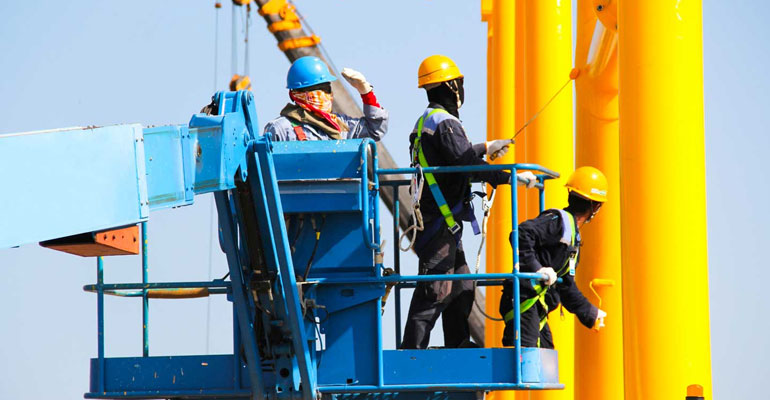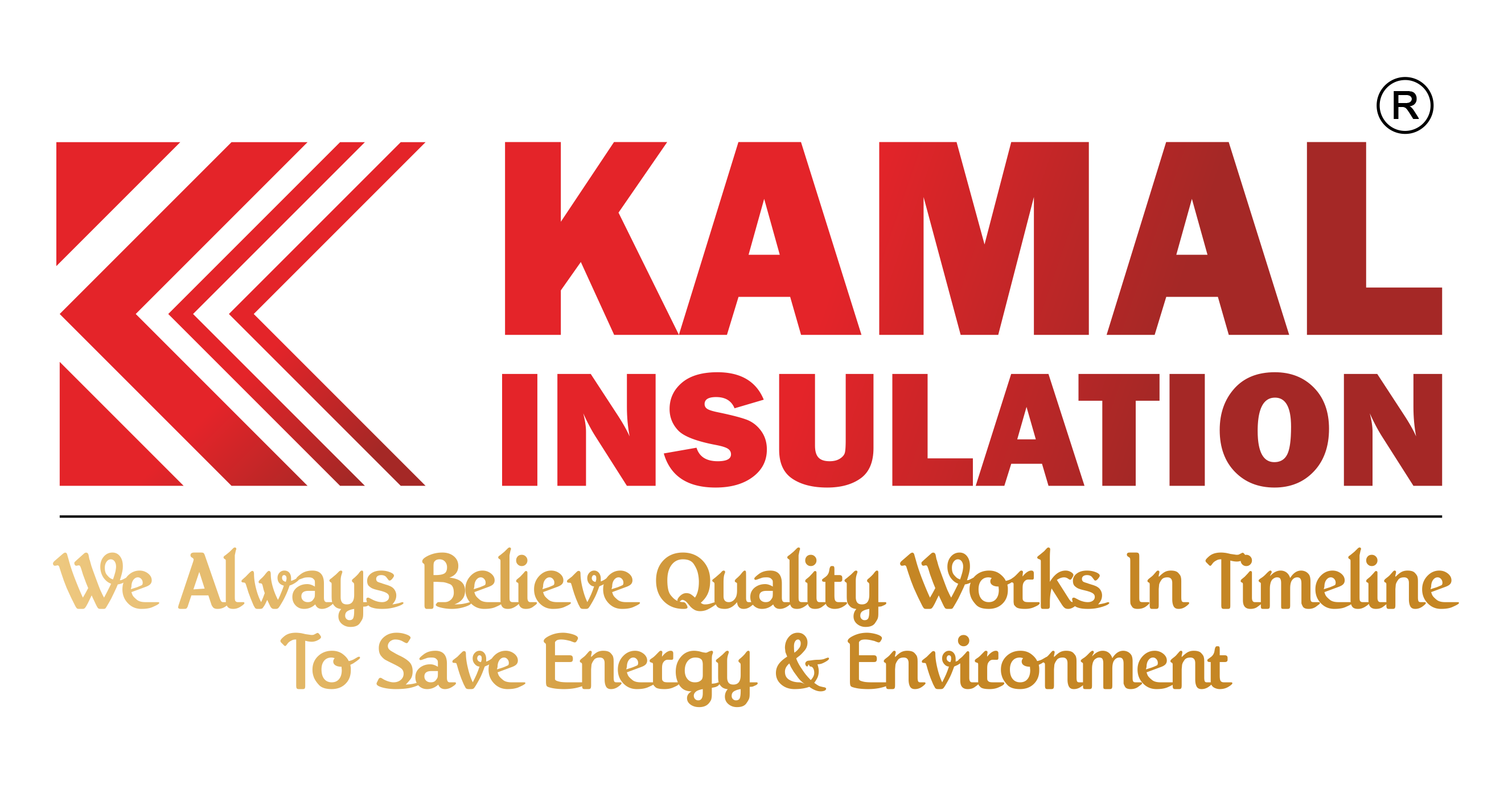
INDUSTRIAL PAINTING
Industrial painting can also refer to any type of painting that is done on types of machinery such as automobiles, boats, or aircraft, or on structures such as bridges. In these types of cases durability is still of paramount importance, but since the public will be exposed to the items mentioned above there does need to be some additional care taken to make sure that the final product looks good in addition to being durable and long lasting. After all, not many people would want to drive a car with a hideous paint job even if that paint job was projected to last without fading or chipping for a very long time.
How do you paint industrial paint?
There are five main methods for applying industrial paint: air spraying, roller, dip coating, paint brush and airless spray.
Air spraying
Roller
Immersion coating
Brushes
Spraying without air
Industrial paint Types
Industrial paints vary widely in terms of chemistry. They typically include a resin, a solvent, additives, pigments and, in some cases, a diluent. Solvent-based paints contain volatile organic compounds (VOCs) as the carrier. Water-based paints contain mostly water, but also chemicals such as glycol ethers and alcohols as the carrier. Different types of industrial paints include:
Acrylic - a synthetic resin used in high-performance latex or water-based paints, is suitable for bonding metal, oily surfaces, glass, ferrite, and plastics.
Epoxy - Used almost exclusively in aircraft components, are more resistant to environmental degradation than resins such as alkyds, which are typically used only in trim paints.
Polyester - Typically unsaturated and used in marine applications.
Polyurethane - include a tough, rubber-like elastomer that is based on the condensation of organic isocyanates with resins containing hydroxyl groups.
Inorganic or silicate - use titanium dioxide as an extender pigment.
Polytetrafluoroethylene (PTFE) - a family of engineering plastics that is characterized by high thermal stability, almost universal chemical resistance, and low friction.
Features
Industrial paints are available with a variety of special features including:
Anti-static or conductive
Heat resistant
Fire retardant
Rust preventive
Waterproof
Water repellant
Interior or exterior
Suitable for touch-up coatings
Able to withstand high temperatures
Elastomeric - suitable for substrates that are stretched to twice their original size and then returned to their
original dimensions.
Electro-resistive - include both conductive and nonconductive materials.
Use of thermal insulating material inside a room results in prevention of condensation on interior walls and ceiling etc. The use of thermal insulating materials further reduces the risk of water freezing in case of pipes and heat loss in case of hot water systems.

